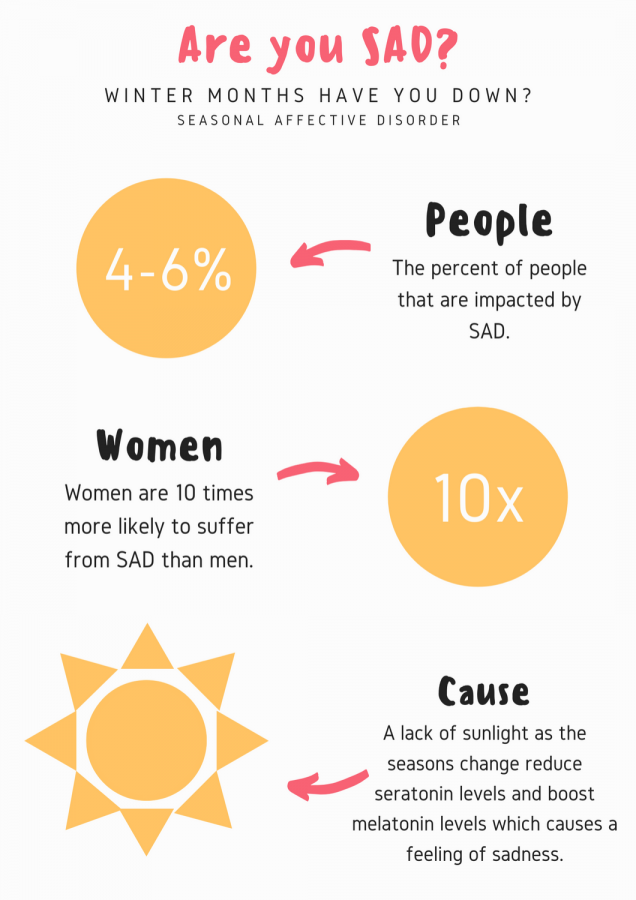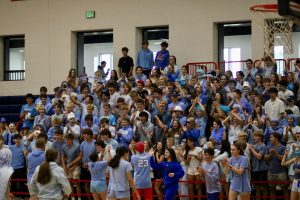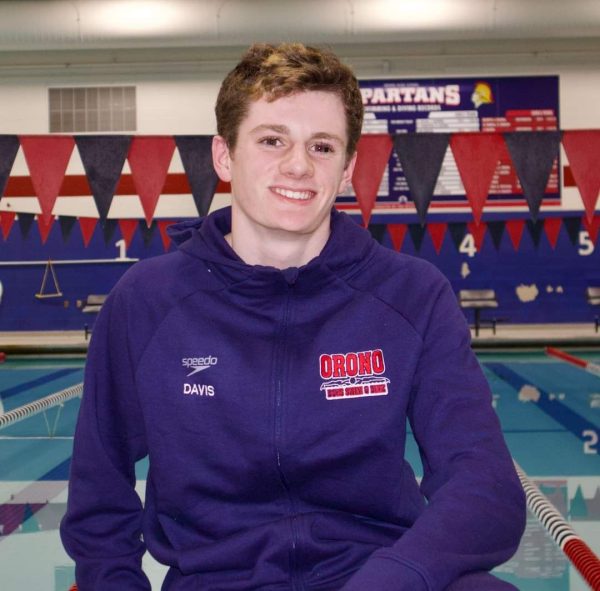Seasonal affective disorder impacts people during the winter months
March 9, 2020
Gabby Hyrkas
Staff Reporter
Seasonal affective disorder (SAD) impacts around 4 to 6 percent of the population in the United States. This disorder comes with an increased depressed state of mind and a lack of motivation, along with other life-hindering symptoms in many teens and young adults. SAD is most common in the northern part of the United States where the seasons change drastically between winter and spring according to psychiatrist Norman Rosenthal.
“I just find myself a little bit more sad than usual … I have less motivation, fatigue and just being more groggy,” sophomore Sydney Mathias said.
SAD challenges students in school and in their social lives as well. A lack of motivation and desire to go out occurs because of a change in mood and energy. With many students, grades start to lower and attendance goes down according to KidsHealth Behavioral Experts.
“In the depth of winter I get less motivated and it’s harder for me to want to get myself to do things, whereas in the summer I always want to be going and doing something,” senior Margaret Kraus said.
The direct cause of SAD is unknown, however, it is influenced by the level of sunlight that is reduced in the winter months. The shift in daylight changes the circadian rhythm in the body which could lead to the depressive feelings that come along with SAD. Decreased sunlight also inhibits the release of serotonin, a feel-good chemical, and increases the release of melatonin which aids with sleep according to the Mayo Clinic.
“Seasonal affective disorder is caused by a lack of sunlight. This leads to the disruption in some people’s circadian rhythm, which can impact hormone levels, such as melatonin … sleep is needed for mood regulation. The lack of sun also diminishes serotonin levels, which are important for balancing mood and can lead to an onset of depression,” psychology teacher Sara Ibs said.
Light therapy is a common treatment to help diminish symptoms of SAD. A lightbox is used to emit high-intensity light that is brighter than normal indoor lighting in order to stimulate cells that connect the eye to the hypothalamus, which helps control the circadian rhythm, according to senior editor for mental health publishing at Harvard University, Michael Craig Miller.
“There are various different approaches and whatnot. One of the most common is probably the light therapy type of things, and I know in some cases medication is warranted,” guidance counselor Shana Borgen said.
However, light therapy, also known as phototherapy, only benefits around 60 to 80 percent of people. Research on SAD and light therapy is limited, and the FDA does not approve of, test, or regulate light therapy boxes according to Rosenthal. Kraus had her own experience with light therapy.
“I’ve used a happy light. It’s a form of blue light that gives you vitamin D similar to what the sun would do in the summer… the happy light didn’t do much for me,” Kraus said.
Seasonal affective disorder in society is often written off as a normal feeling of sadness during the winter, and not a mental illness. SAD presents differently in every person and is more serious than most people think, according to the American Psychiatric Association.
“I think it is more of a joke to most people, a lot of people joke about it. I don’t think people take it very seriously,” Mathias said.





























































